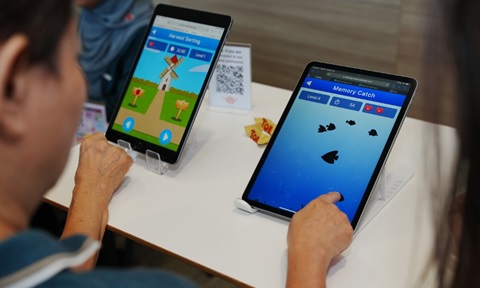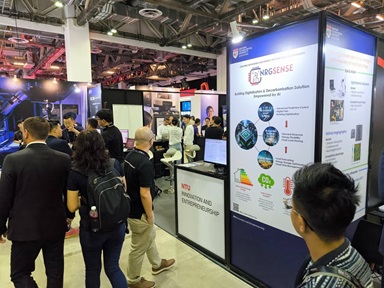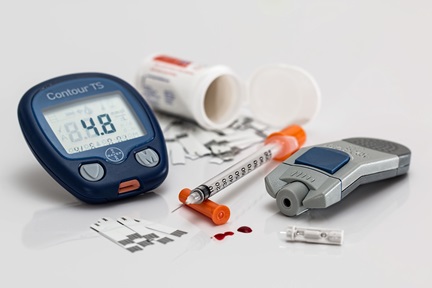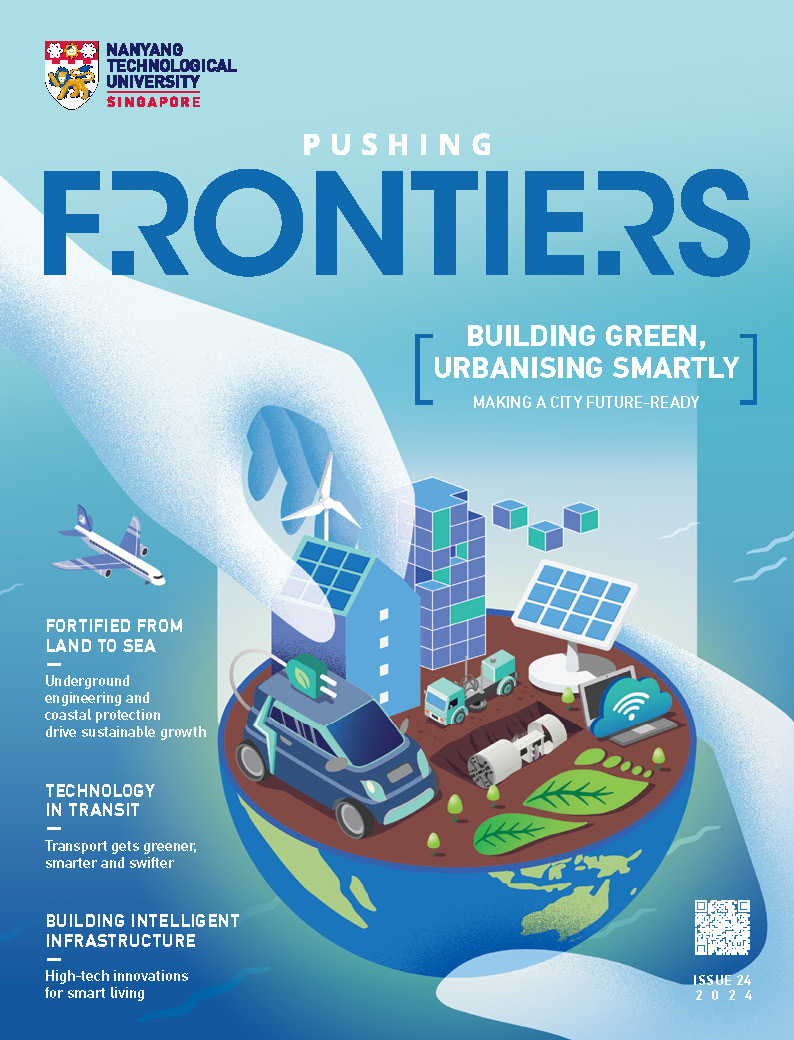Treatment for diabetes inspired by a snack
A waffle-inspired medical device invented by NTU researchers could help diabetic patients manage their blood glucose levels more effectively.

More than half a billion people worldwide live with diabetes, a chronic condition where a person’s blood sugar levels are higher than normal.
Insulin injections or pumps are commonly used to manage the blood glucose levels of patients with insulin-dependent diabetes. However, taking too much insulin or administering it at the wrong time can lead to dangerously low blood glucose levels in patients.
A device inspired by a breakfast favourite may someday be used to treat diabetes without the side effects associated with insulin injections.
Resembling a waffle, the innovation traps and delivers pancreatic cells that secrete insulin in response to blood glucose levels.
It is the brainchild of a research team led by Asst Prof Dang Thuy Tram of NTU’s School of Chemistry, Chemical Engineering and Biotechnology.
The device was constructed by creating square-shaped wells in a gelatin-based material. The team then added a mixture containing spherical clumps of islet cells – pancreatic cells that produce insulin – and alginate to the wells, with one cell cluster fitting into one well.
Alginate, a seaweed-derived natural polymer, shields the cells from being attacked by the immune system when the device is implanted in the body.
To enhance the survival of islet cells, the device was also seeded with cells with the potential to develop into blood vessels that deliver nutrients and oxygen.
The researchers found that the device was effective at restoring and maintaining normal blood glucose levels when transplanted into diabetic mice. It also performed better than similar devices.
The research team is now working on bringing their invention to the clinic.
The invention was featured in “Waffle-inspired hydrogel-based macrodevice for spatially controlled distribution of encapsulated therapeutic microtissues and pro-angiogenic endothelial cells”, published in Bioengineering & Translational Medicine, DOI: 10.1002/btm2.10495.btm2.10495.
The article appeared first in NTU's research & innovation magazine Pushing Frontiers (issue #23, March 2024).














/enri-thumbnails/careeropportunities1f0caf1c-a12d-479c-be7c-3c04e085c617.tmb-mega-menu.jpg?Culture=en&sfvrsn=d7261e3b_1)

/cradle-thumbnails/research-capabilities1516d0ba63aa44f0b4ee77a8c05263b2.tmb-mega-menu.jpg?Culture=en&sfvrsn=1bc94f8_1)

7e6fdc03-9018-4d08-9a98-8a21acbc37ba.tmb-mega-menu.jpg?Culture=en&sfvrsn=7deaf618_1)














.tmb-listing.jpg?Culture=en&sfvrsn=83fa0b1d_1)


-and-professor-hu-xiao-from-ntu-singapore.tmb-listing.jpg?Culture=en&sfvrsn=d0bcffec_1)
























